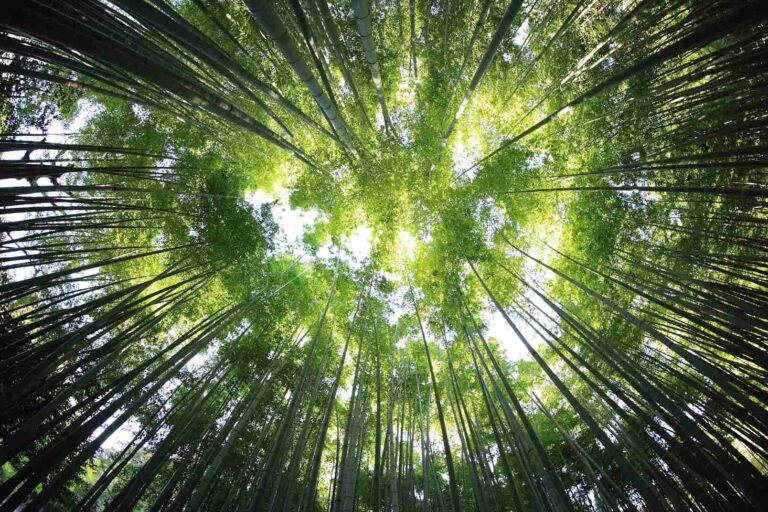A perfectly recreated forest ecosystem. It is called “food forest” or “forest garden,” which in Italian can be translated as “edible forest” or, again, “forest garden.”
A real edible forest, a multifunctional cultivation in which trees, fruit and wood, are “allowed to grow” together with medicinal herbs, vegetables and wild plants in a completely autonomous way.
And, as it happens, precisely in the forest, without human intervention.
Table of Contents
What is a food forest
A garden or edible forest, the management of which simulates what happens in nature in a forest, developed on several layers: herbaceous, shrub and tree.
Starting from the bottom, in fact, mushrooms and plants that cover the ground grow in the forest. And then go up a level with shrubs and edible seedlings, to fruit trees and “timber” trees that serve to protect and shelter the vegetation.
In between are also climbing plants that attach to nearby branches. And then, again rhizomatous and ground cover plants.
All together, these plants cooperate, as they do naturally without human intervention, for an ecosystem that can obtain food. Effortlessly and especially without the use of fertilizers or herbicides.
How to achieve it: from theory to practice
The literature concerning the “food forest” is not yet extensive. Those who approach this type of sustainable cultivation, or rather, this land management, refer, above all, to books such as “Creating a Forest Garden” by Martin Crawford, director of the Agroforestry Research Trust.
Which, in addition to talking about how a forest garden works, analyzes the various types of plants that are useful in a given area and offers practical advice for preparing the soil.
There is also “The Garden Awakening” by Mary Reynolds and especially “Forest Gardening: Cultivating an Edible Landscape” by Robert Hart, a food forest pioneer who began his work in the 1970s and continued it until his death in 2000 with a 500-square-meter food forest in England.
In his text, Robert Hart schematized the food forest into 7 layers (the minimum is three), proposing precisely to observe nature and repurpose the layers.
Thus, in a Hart-style forest garden, one goes from tall trees (walnut, oak, beech, for example) to medium-height and fruit trees (medlar, apple, cherry). The third level is shrubs, (hazel and small fruit). Then there are herbaceous perennials.
That is, those grasses that do not lignify, do not produce woody parts. And it goes on with rhizomatous, ground cover and climbers.
Read also: Vertical farming, an innovative method to address food security and sustainability












